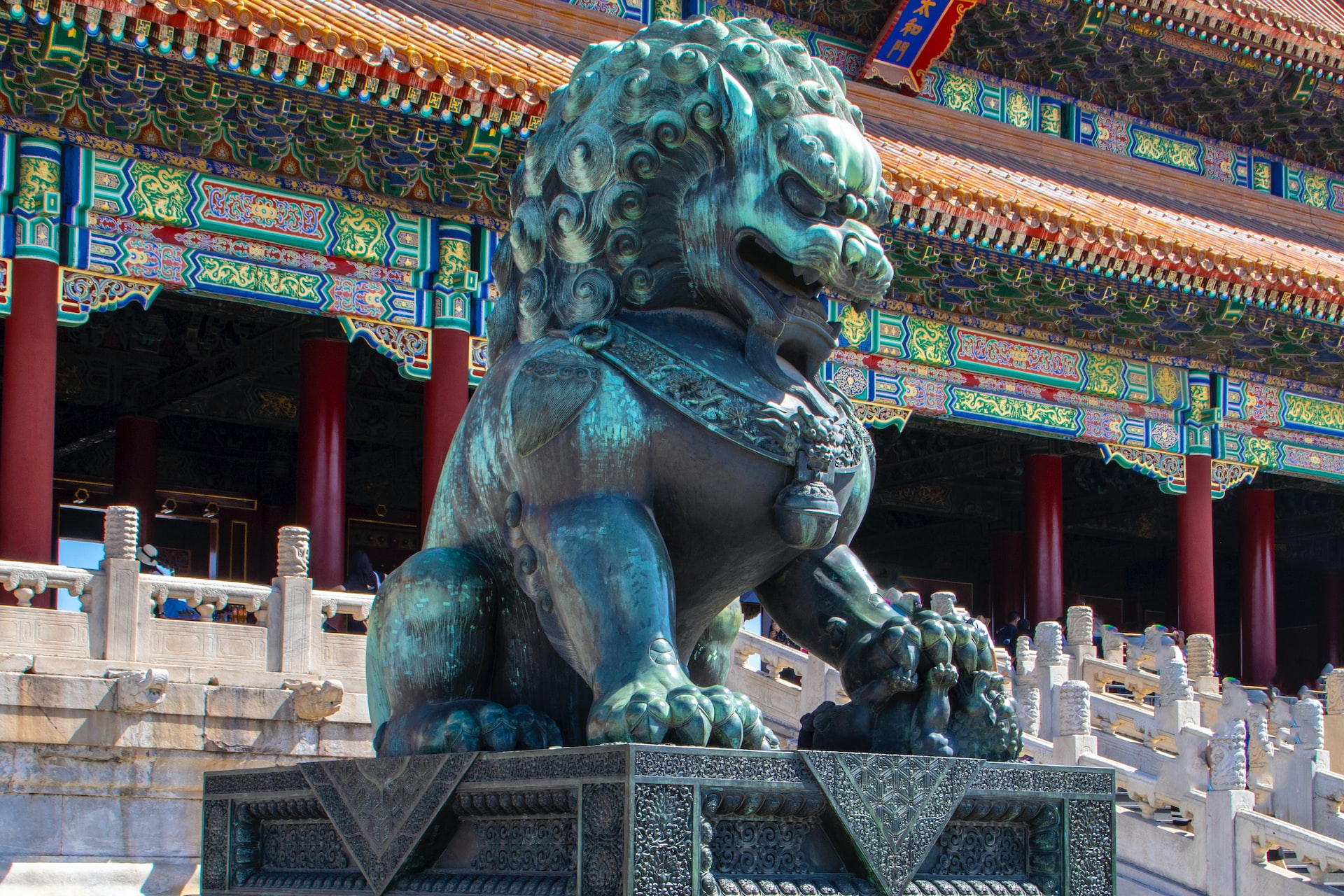

China’s record-breaking green hydrogen project is just the beginning
Green hydrogen projects are getting bigger. The largest currently under construction is Ordos, a 390 MW system being built by China’s state-owned oil refining giant Sinopec that will produce about 30,000 tonnes of green hydrogen a year in Inner Mongolia.
Once complete, it will displace another Sinopec project, the 250 MW Kuqa, under construction in the west of Xinjiang, as the world’s biggest.
Ordos will be powered by 450 MW of wind and 270 MW of solar, and will include 288,000 cubic metres of hydrogen storage and a series of pipelines that will deliver clean hydrogen to its main customer, Zhongtian Hechuang Ordos Coal Deep Processing plant, which makes synthetic chemicals.
The clean hydrogen from Ordos will replace hydrogen that is currently produced from coal, reducing carbon dioxide emissions by 1.43 million tons per year. The 5.7 billion yuan ($848 million) hydrogen investment is expected to contribute 600 million yuan a year to local GDP.

Ordos will include 288,000 cubic metres of hydrogen storage and a series of pipelines that will deliver clean hydrogen to its main customer, Zhongtian Hechuang Ordos Coal Deep Processing plant.
If those numbers seem big, Sinopec describes Ordos as a demonstration project and has said it plans to make 60% of its hydrogen green by 2025, which would equate to 2.1 million tonnes of green hydrogen a year.
That would mean 70 projects the size of Ordos in the next 3 years.
As part of its strategy, Sinopec is building a 1 GW PEM electrolyser factory with U.S. company Cummins in southern China and is working with France’s Air Liquide on development of a hydrogen distribution network.

As the second-largest economy in the world and one that desperately needs to reduce its carbon emissions, it is encouraging to see China pursuing hydrogen at such scale to meet its decarbonisation goals. However, hydrogen mega-projects are not confined to China.
In fact, according to a recent analysis by Norway’s Rystad Energy, the three biggest producers of green hydrogen by 2030 will be Australia, the U.S. and Spain.
Australia’s status as the biggest green hydrogen producer hinges on the completion of the 1.6 million tonnes per year Asian Renewable Energy Hub that is scheduled to be producing at full capacity by 2029. In 2022, BP acquired 40.5% of the project, which will be powered by 25 GW of wind and solar energy.
The Spanish government has approved 10 major green hydrogen projects thus far, including Puertollano, a 20-MW plant built by Fertiberia and Iberdrola that began operation last year.
BP is also behind one of the biggest green hydrogen projects in the UK, HyGreen Teesside, which is expected to have a capacity of 80 MW by 2025 and 500 MW by 2030.
On the other side of the country, the 200 MW Trafford Green Hydrogen project, being built by Carlton Power and Cadent among others, received planning permission in October of last year.
Meanwhile plans have recently been unveiled for an innovative multi-million pound green hydrogen production facility at the Ballymena headquarters of globally renowned sustainable bus manufacturer Wrightbus.
New green hydrogen projects are attracting investment every day across the world. As the hydrogen economy scales up, we expect the numbers will only get bigger, powering the much needed decarbonisation of transport, energy, manufacturing and heavy industry.
To learn more about HYCAP click here.